So can you trust what you see online?
Deepfake technology replaces faces in videos, while Generative AI produces convincing text, images and sometimes even voices.
And experts such as Dr. Hany Farid, one of the pioneers of digital forensics, are raising warnings about the dangers of misinformation, fraud and privacy invasion. These technologies have creative and ethical uses, but their misuse poses significant concerns.
So how do we spot deepfakes and how do we use AI responsibly?
Knowing the effect of these technologies is necessary on the current digital era. We shall investigate Deepfakes and Generative AI in detail to understand their benefits, drawbacks, and potential future effects.
To avoid AI detection, use Undetectable AI. It can do it in a single click.
Table of Contents
Generative AI
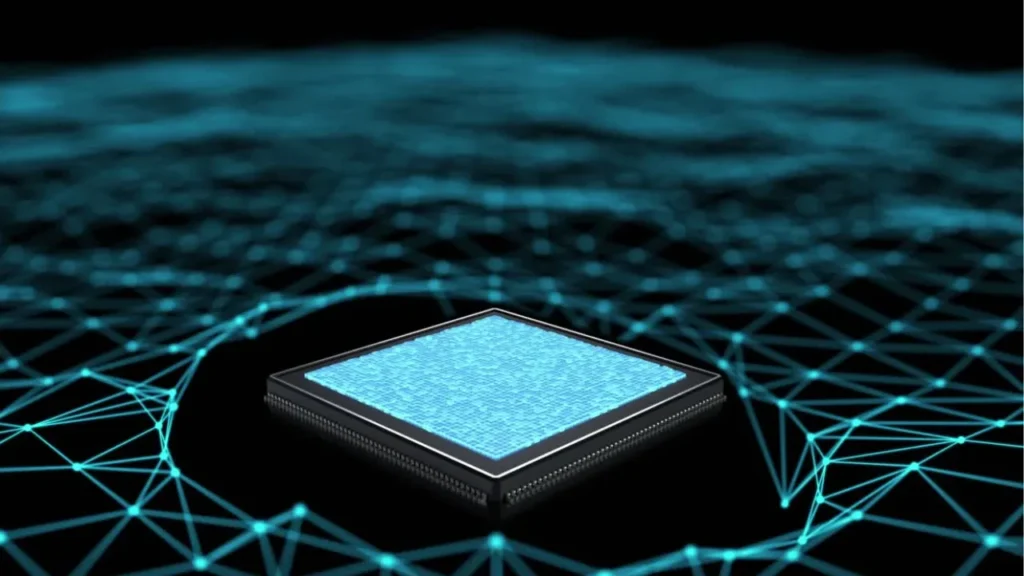
Within the subset of artificial intelligence known as generative AI, a machine can produce new data or content, including digital art, sound files, and images. Because it can create new, original data rather than just processing or analyzing preexisting data, this type of AI is known as generative.
Because generative AI systems are built to learn from patterns and data sets, they can anticipate effects and produce new content that is comparable to what they have already learned.
Because it enables machines to engage with creative uncertainty and produce something new, this technique can be compared to how humans learn and create. Examples of generative AI applications include producing original artwork, realistic images, and articles and text.
The two widely used models of generative AI are:
Transformer Based Models: AI such as GPT generates text-based content, including press releases, whitepapers, and articles, using data collected from the internet.
Generative Adversarial Networks (GANs): AI that uses text and image input to produce multimedia and images.
When it comes to spreading misinformation through deepfakes, GANs tend to be extremely dangerous because they can produce extremely realistic images.
AI Technologies Used to Create Deepfakes
Midjourney
One GAN AI designed to produce high-quality images is identified as Midjourney. Using a combination of neural networks, this AI algorithm produces realistic images of people, objects, and even landscapes.
Dall-E
A GAN identified as Dall-E from OpenAI is capable of producing original images from text inputs. It bears the names of the surrealist Salvador Dali and Wall-E from the movie. Dall-E can produce a broad variety of images, from realistic to abstract, in response to textual prompts because it has been trained on a large image dataset.
Stable Diffusion
A GAN identified as Stable Diffusion was created to produce realistic videos and images. The ability of stable diffusion to smooth the transition between two distinct image states – for instance, from an image of a person with their eyes closed to one with their eyes open – is its primary characteristic.
Deepfakes
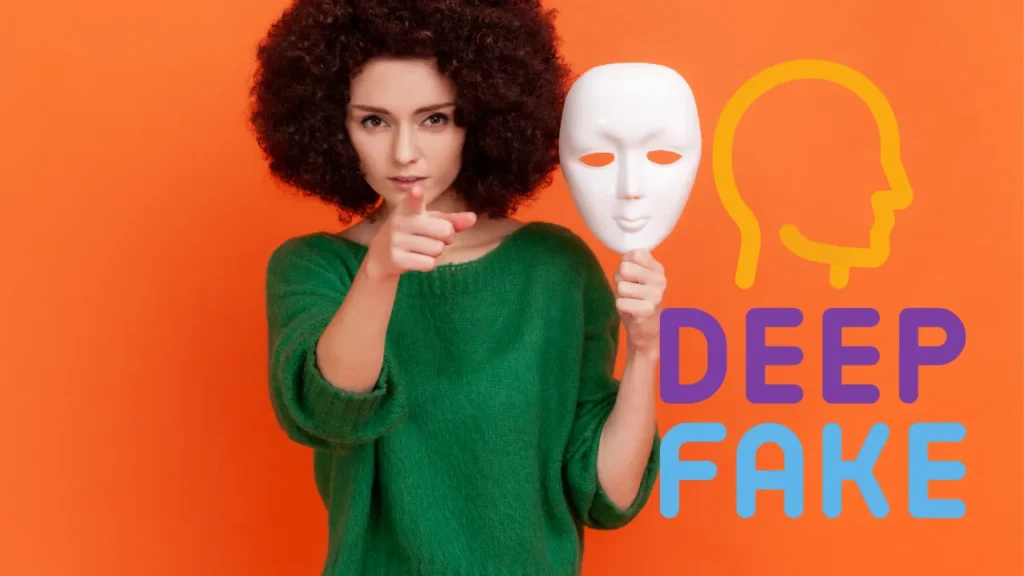
A type of digital forgery referred to as deepfakes creates realistic-looking but phony images, videos, or audio recordings using AI and machine learning. These manipulated media files are produced by either changing a person’s voice, body language, and facial expressions in a video or by superimposing their face onto another person’s body.
Due to the development of deep learning algorithms it is possible to produce deepfakes easily, which can be used to disseminate propaganda, false information, or defamatory remarks. Open-source software or customized resources can be used to create deepfakes, which are easily disseminated because social media is a viral platform.
Examples of Deepfakes Generated Using Generative AI
In recent months we have seen a number of deepfakes examples created by generative AI being viral in social media. The realism of the images produced by this technology has deceived millions of people worldwide.
Here are a few recent examples of deepfakes.
The Pope Wearing a Puffa Jacket in the Style of Balenciaga
On social media, an image of Pope Francis wearing a white puffer jacket and appearing dripped out was viral in March 2023. The 86-year-old seated there appeared to have received a unique Balenciaga puffa jacket.
The image went viral and was featured in many magazines. One issue, though, was that the image was a deepfake created with Midjourney.
An Image of Julian Assange in Prison that was Leaked Shows Him Looking Ill
In March 2023, an image of Julian Assange, the founder of WikiLeaks, that appeared to have been leaked went viral on social media.
People who thought the image was real expressed their outrage on social media, but the creator, who was interviewed by a German newspaper, says he used the image to express his disapproval of Assange’s treatment. However, detractors noted that fabricating fake news was not the proper way to accomplish this.
Trump’s Arrest
Once again, in March 2023 – which, in retrospect, was a particularly active month for deepfake examples – AI-generated images of Donald Trump being arrested showed up online. There were multiple people involved in the creation of this specific deepfake.
Read Also >>> From Morgan Freeman to Ariana Grande: The Best Celebrity Voice Generator AI Technologies
While fewer people were tricked by this specific deepfake than by the other two, some people mistakenly shared them on social media, thinking they were authentic.
The Pentagon Bombed
An AI-generated deepfake image of a bomb detonating at the Pentagon went viral on Twitter in May 2023, sending US markets into a tailspin. Within minutes, the S&P 500 stock index dropped 30 points, wiping out $500 billion from its market value.
The markets recovered after the image was certified as fraudulent, but it demonstrated the damage that deepfakes can cause. The situation was further exacerbated by certified accounts on Twitter, many of which shared the image as authentic and received justified criticism for doing so.
Deepfakes of Trump Are Shared by the DeSantis Campaign
Experts discovered that the campaign supporting Ron DeSantis as the Republican presidential nominee in 2024 used AI-generated deepfakes in an attack ad directed at rival Donald Trump.
A video highlighting Trump’s support for Anthony Fauci, the former White House chief medical advisor and a pivotal player in the US response to COVID-19, was posted on Twitter by the DeSantis War Room account on June 5.
By depicting Trump and Fauci as close allies, the attack ad aims to increase DeSantis’ base of support in right-wing politics, where Fauci has faced substantial opposition.
Cheating Politicians
To draw attention to the possible risks of artificial intelligence, an artist by the name of Justin T. Brown produced AI-generated images of politicians having affairs. Brown wanted to start a discussion about the abuse of artificial intelligence.
He posted images to the Midjourney subreddit, but he was quickly removed from the site. Regarding the ban, Brown had mixed emotions. While he acknowledged the necessity of accountability, he questioned the efficacy of content regulation.
How Deepfakes Using Generative AI Could Impact Politics?
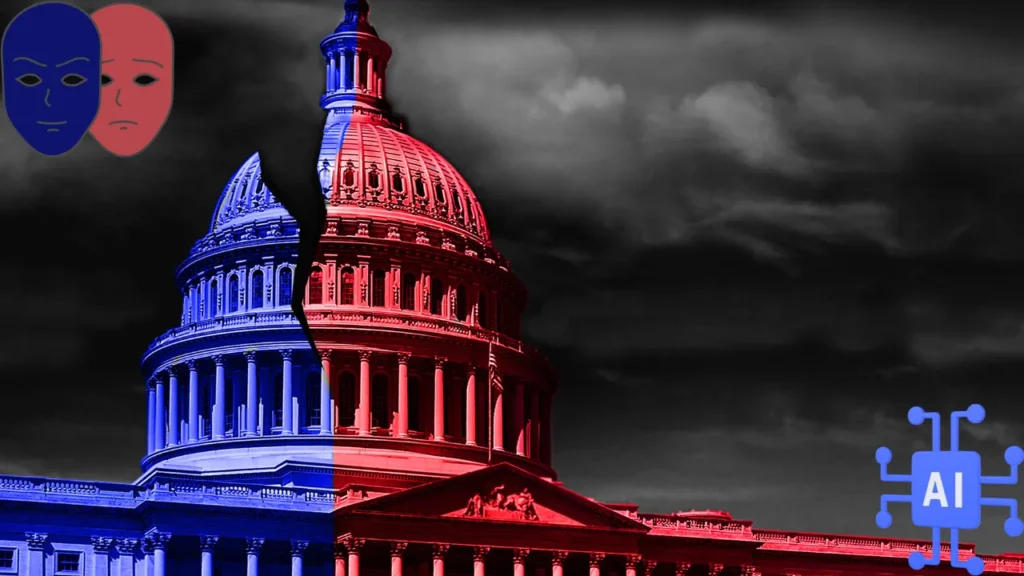
It is now inevitable that deepfakes could proliferate in politics. Understanding the various ways that AI-generated deepfakes could change online discourse and the political landscape is necessary as we traverse this new terrain.
These technological developments offer both opportunities and challenges, from the production of AI-driven propaganda to the production of extremely realistic deepfakes. The ramifications are extensive, impacting everything from the integrity of democratic processes to the genuineness of political discourse.
An instance in Slovakia where a deepfake audio swayed public opinion just before an election is highlighted in a Financial Times article. This illustration highlights the growing complexity and availability of artificial intelligence (AI) programs for producing realistic and challenging-to-identify fake content.
Scammers are increasingly using generative AI technologies to produce synthetic identification documents and deepfake images or audio to fraudulently open or take over brokerage accounts (Wall Street Journal, 2025).
The Financial Industry Regulatory Authority (FINRA) has highlighted this growing threat, advising financial institutions to educate their staff and clients about these risks and to implement robust countermeasures. Industry projections estimate that fraud losses due to such AI-driven scams could reach $40 billion by 2027 (Wall Street Journal, 2025).
In light of political polarization and dwindling public confidence in institutions, the article also discusses the difficulties social media companies have in filtering such content. Considering that half of the world’s adult population is predicted to cast ballots in the 2024 global elections, it raises concerns.
Here, we review the primary facets of AI’s anticipated political impact, gleaned from in-depth research and professional viewpoints.
- The ease with which deepfake technology can propagate misleading information about political figures and events has the potential to deceive the public and affect elections.
- AI’s ability to produce convincing and credible text can be used for propaganda purposes beyond just visual content, enabling the quick dissemination of customized misinformation campaigns and text-based disinformation.
- Propaganda can be produced and disseminated at a scale and efficiency never before possible due to AI technologies, which might culminate in an overabundance of information sources.
- AI can be applied to highly targeted propaganda campaigns, such as customized phishing attempts that try to influence or manipulate people according to their online preferences and behavior.
- The rapid advancement of conversational models and artificial intelligence (AI) means that the means of disseminating misinformation are becoming sophisticated and widely available, which raises the possibility of abuse in political settings.
- There are many regulatory obstacles associated with the application of AI in politics. It is becoming increasingly necessary to develop standards and guidelines for handling AI-generated deepfakes in addition to techniques for identifying such content.
- The use of AI in political communication has the potential to erode public confidence in information and democratic processes, in particular when AI-generated content surpasses news outlets and distorts public opinion.
- The emergence of driven by AI propaganda emphasizes how critical it is to strengthen media literacy and create resources to help identify and contextualize AI-generated content in order to increase societal resilience.
- The various reactions from AI and tech companies in regulating political content underscore the requirement for an industry-wide ethical stance on the use of AI in politics.
- With an emphasis on transparency and authenticity, political figures, parties, and governmental bodies should adapt their communication strategies to quickly address and dispel misinformation generated by AI.
These points highlight a complicated environment in which artificial intelligence plays a variety of roles in politics, requiring governments, business, and civil society to collaborate to address the issues raised by these advanced technologies. Of course, people in politics frequently spread deepfakes even when they are aware of them.
Deepfakes have been used to create and spread false information, often with significant societal impacts. For instance, an AI-generated image of Pope Francis wearing a fashionable puffer jacket went viral, misleading many viewers (Sky News, 2024).
Similarly, fabricated images of public figures such as Julian Assange and fictitious scenarios involving Elon Musk have circulated widely, underscoring the potential of deepfakes to deceive and manipulate public perception (Sky News, 2024).
This TED talk with AI developer Tom Graham provides you a general idea of the current state of deepfake technology and its future directions, which should help you appreciate the amazing creativity of deepfakes.
With the release of a phony Tom Cruise video that garnered billions of views on Instagram and TikTok, Tom’s company, Metaphysic, became popular. They specialize in using real-world data and neural net training to produce artificially generated content that has the appearance and feel of reality.
This helps produce content that appears natural and is precise than VFX or CGI. One of their examples involves projecting a woman’s Spanish-speaking voice onto Aloe Blacc’s face, providing the impression that he is singing in Spanish.
Anyone could ultimately be able to speak any language fluently due to this technology, and producing such content becomes simpler over time. At the forefront of artificial intelligence, Metaphysic can also process live video in real-time.
In a live video, they show this by substituting Chris’s face for the interviewer’s and even mimicking the voice. As Sunny Bates showed the audience, they can use this technology on anybody.
Attackers can exploit deepfake technology to impersonate individuals convincingly, leading to sophisticated social engineering attacks. AI can clone a person’s voice to scam their relatives or associates, a tactic that has seen a notable increase (World Economic Forum, 2025).
The U.S. Federal Trade Commission has issued consumer alerts regarding such scams, emphasizing the need for vigilance (World Economic Forum, 2025).
How to Counteract Deepfakes Produced by AI?
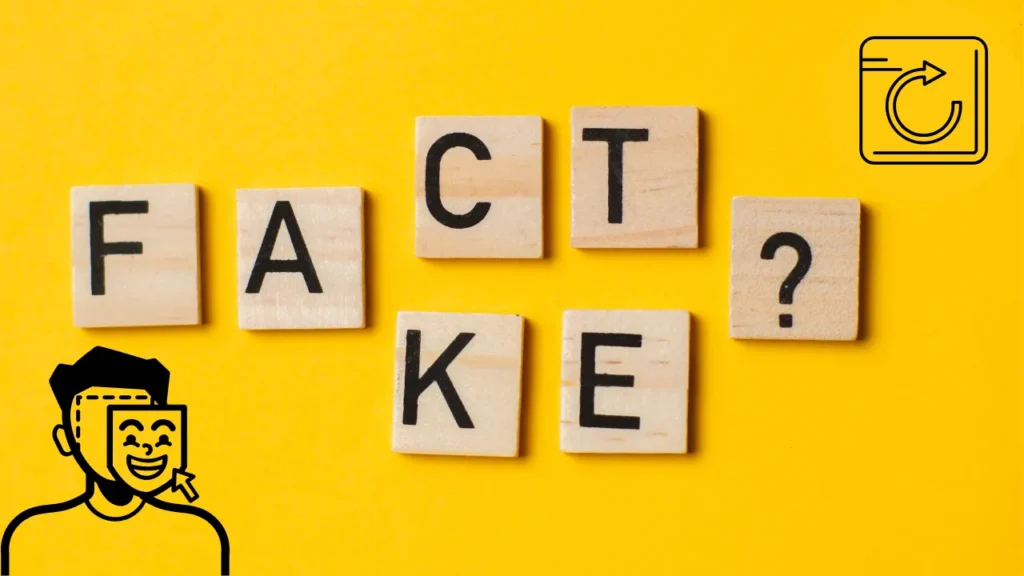
Technologies to identify and stop deepfakes are being developed, but because the technology is developing so quickly, their efficacy is still limited. The creation of sophisticated detection technologies is one strategy to counter AI-generated deepfakes.
These technologies can detect indications of manipulation by analyzing patterns in audio and video data. Developing a digital watermarking system that can verify the legitimacy of media content is an additional strategy.
Recently, Google released an innovative application identified as About This Image to assist users in identifying phony artificial intelligence images online. Alongside images, the application provides context, such as the image’s initial Google search date and any relevant news articles.
With the aid of this new feature, users can expect to be able to distinguish between realistic and hyper-realistic images, including those produced by programs such as DALL-E, Stable Diffusion, and Midjourney.
The application is meant to address concerns that new artificial intelligence technologies could turn into a source of propaganda and false information by surfacing news articles about phony images that have since been disproved.
Educating the public about the potential harm of AI-generated deepfakes is perhaps the best way to stop them from spreading. When consuming media, it is necessary to exercise caution, confirm the source and context, and apply critical thinking to understand its contents.
The advancement of AI technologies by companies such as China’s DeepSeek has raised national security alarms. Australia, for instance, has banned DeepSeek from government systems and devices due to concerns over data privacy and potential misuse (News.com.au, 2025).
Other countries, including Italy, Taiwan, and the United States, have implemented similar bans, reflecting the global apprehension surrounding foreign AI technologies (News.com.au, 2025).
We can prevent the spread and damage caused by AI-generated deepfakes by taking a multifaceted approach.
The Future of Deepfakes and Generative AI
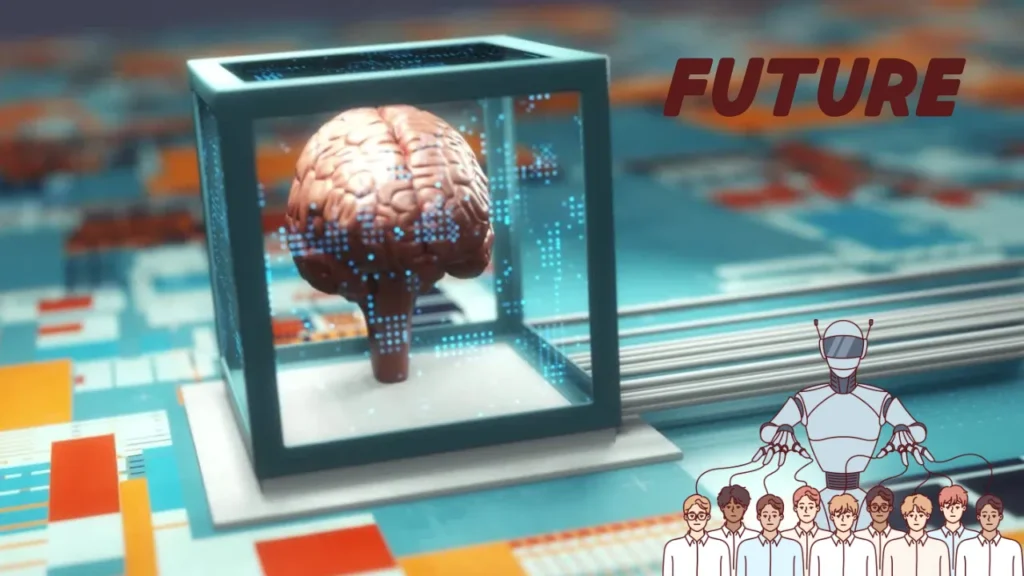
Deepfakes and Generative AI future are contentious issues. Now that the genie is out of the bottle, technology can only grow practical. Deepfake videos are soon to be available in addition to deepfake images. The technology for voice cloning has already advanced significantly, and it is certain to continue to do so in the years to come.
This presents rise to grave worries regarding the possible abuse of deepfake technology, ranging from personal grudges to political propaganda. People have already been harmed by the use of deepfakes to produce phony pornographic videos.
Deepfakes’ creators and those working to stop them shall keep up the fight, despite efforts to create countermeasures to identify and stop their spread. Since the distinction between real and fake becomes hazy as technology develops, it is significant than ever to create strategies to detect and stop the spread of deepfakes.
The legal system faces challenges in addressing the malicious use of AI, particularly deepfakes. Determining liability becomes complex when AI-generated content infringes on privacy, honor, or integrity (El País, 2025).
The European Union’s 2024 Artificial Intelligence Regulation aims to update legal frameworks in this area, but detecting and proving offenses involving deepfakes remains difficult (El País, 2025).
Conclusion: Deepfakes and Generative AI
Deepfakes and Generative AI are transforming the landscape of digital content, bringing novel capabilities and major ethical implications. Despite the potential to elevate creativity, tailor user journeys, and improve efficiency, these technologies also carry risks of generating misinformation, identity theft, and mistrust of digital media.
As AI technology continues to advance, it is necessary for people, organizations, and government, to keep up to date and implement responsible AI strategies to reduce potential risks.
How do you think generative AI may impact the future of digital content?
Share your thoughts in the comments below!
FAQs: Deepfakes and Generative AI
What are deepfakes?
Deepfakes are synthetic media in which a person in an image or video is replaced with someone else’s. The technology behind deepfakes employs artificial intelligence and deep learning techniques, particularly generative adversarial networks (GANs).
In simple terms, one AI system generates fake content while another evaluates it, leading to highly realistic deepfakes. This deepfake technology can create deepfake videos, deepfake images, and even AI-generated audio clips that convincingly mimic real people.
What is the relationship between Generative AI and deepfakes?
Generative AI encompasses a broader category of artificial intelligence that focuses on creating new content. Deepfakes are a specific application of generative AI that involves creating realistic forgeries of people, commonly in video or audio form.
The use of generative techniques enables for the production of highly convincing deepfake media, raising ethical concerns regarding misinformation and disinformation.
What are the ethical implications of using deepfake technology?
The ethical implications of deepfake technology are significant. On one hand, it can be used for entertainment, education, or artistry; on the other hand, it poses threats such as identity theft, misinformation, and disinformation.
The potential for AI-generated content to manipulate public opinion or damage reputations is particularly concerning. As such, discussions around ethical AI are necessary in the context of deepfakes.
How can we detect deepfakes?
Detecting deepfakes is an ongoing challenge for researchers and cybersecurity experts. Various AI technologies and algorithms have been developed to spot inconsistencies in videos, such as unnatural facial movements or irregular lighting.
Some techniques involve analyzing the underlying data patterns that differ from authentic footage. As technology evolves, the use of AI in identifying AI-generated deepfakes becomes increasingly sophisticated.


